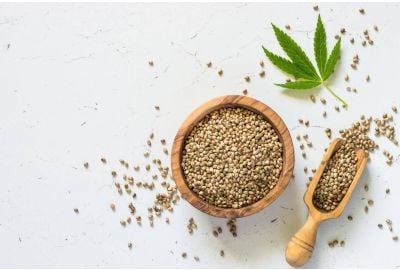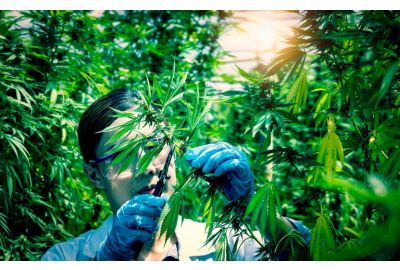Re-Vegging? What Is, How & When To Re-Veg Weed
Marijuana is an annual plant. This means you can take advantage of each crop only once, right? Not if you re-veg weed.
This advanced technique hacks the plant’s biology as well as the entire cannabis lifecycle. It lets you get two—or three—harvests from a single specimen. You can also acquire cuttings from particularly prolific ones, even if they’re already flowering and get perpetual harvest. Sounds great, so how do you do it?
It’s not a simple process, but the rewards outweigh the risks. Join us to learn why and how to re-veg cannabis.
Re-vegging weed plants: what does it mean?
Marijuana typically lasts for a single season. The vegetative stage is where you can get new cuttings. Once it flowers, it produces a heavy crop of seeds or buds; the remaining material decomposes. You can manipulate this natural progression, though.
Re-vegging is a technique that returns a crop to the vegetative stage after it begins blooming. This mechanism lets you regrow a cannabis plant for a second—or third—yield and preserve keeper genetics.
The light cycle for weed determines which stage happens when, and it’s vital if you’re considering re-vegging weed plants.
- 18 hours of light each day—crops focus on branches and foliage.
- 12 hours of light each day—plants produce buds and coat them with resin.
Re-vegging cannabis is all about fine-tuning the illumination. You confuse plants by putting them back into the vegging conditions, and they respond by re-entering that stage.
Note: Cannabis re-vegging is possible only with photoperiod specimens. Autoflowers don’t react to light changes—they’re done after one harvest. It is impossible to regenerate autos.
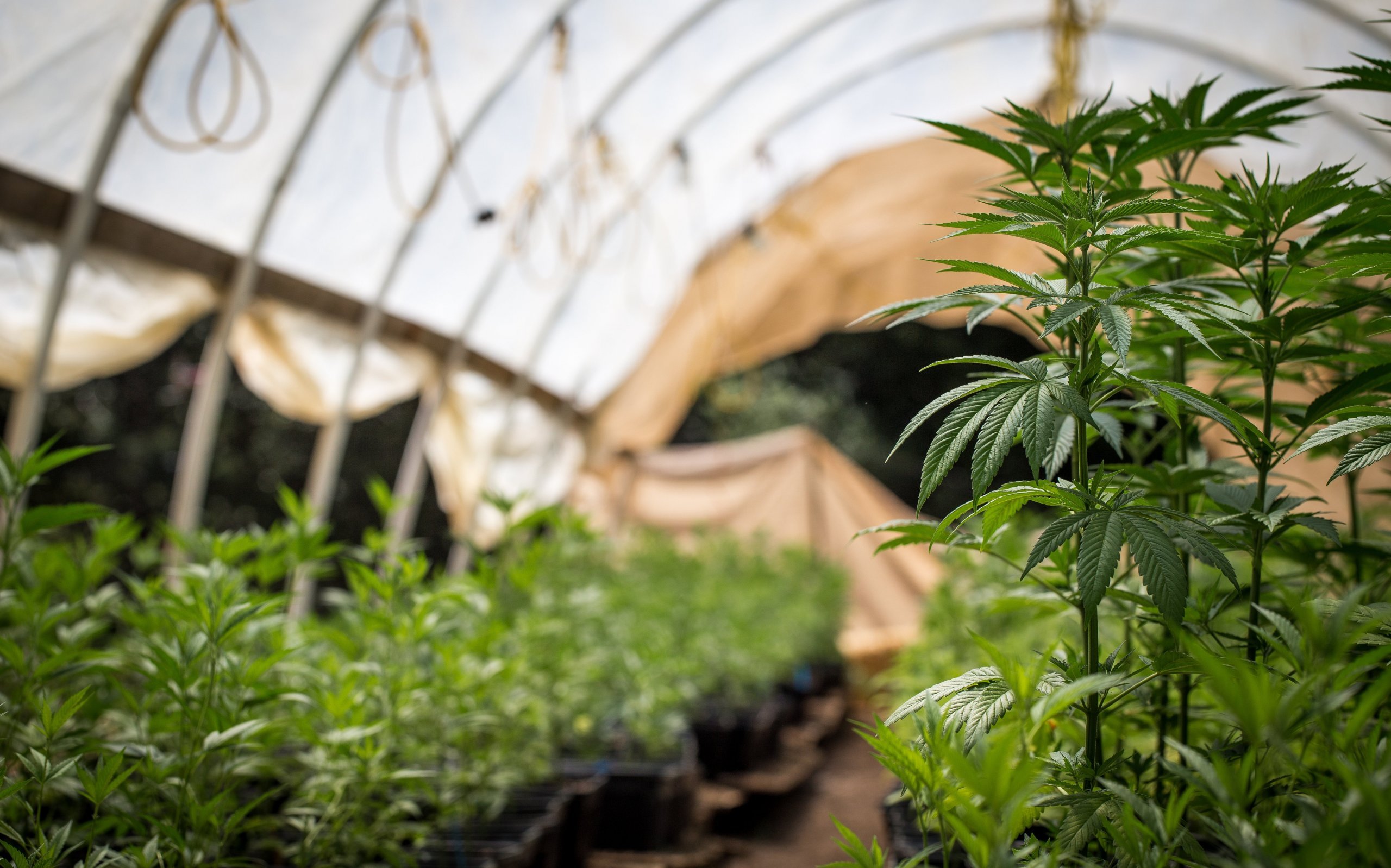
Pros and cons of re-vegging cannabis plants
Not everybody’s a fan of re-vegging marijuana plants. Before discussing particular techniques, let’s look at the benefits and drawbacks of this process.
Advantages of re-vegging cannabis plants
Cannabis regeneration brings several notable benefits to your cultivation journey. Growers usually do it for:
- Phenotype preservation—cloning cannabis requires taking cuttings before a crop blooms. This technique lets you preserve the replica of your perfect pheno even if you catch it late.
- A shorter vegetative period—seed-grown crops need long vegging to develop healthy roots. This system is already robust in a plant that went through a growing season.
- Higher yields—the well-developed root and branch framework can feed and carry more colas, so harvest potential skyrockets.
- Bud-bearing mothers—crops for cloning need to stay vegging, taking up valuable space. Re-vegging weed plants means you get cuttings and flowers.
- Money savings—cannabis seeds are expensive but necessary to start a garden. Weed regeneration after the harvest doubles the output of each pricey investment as it allows you to get perpetual harvest and almost unlimited weed.
Disadvantages of re-vegging cannabis plants
Re-vegging is hard to pull off successfully. Growers who dislike this technique propose the following arguments:
- Plant stress—re-vegging cannabis plants stresses them out. You commonly see abnormalities, like unusual leaf and branch growth.
- Compromised harvests—making a mistake as you are trying to get perennual cannabis may lead to small yields. Crops are also more susceptible to hermaphroditism and self-pollination.
- No guarantees—seed cultivation produces predictably prolific results, while a re-veg doesn’t. There’s always a likelihood that you’re spending resources on unviable crops.
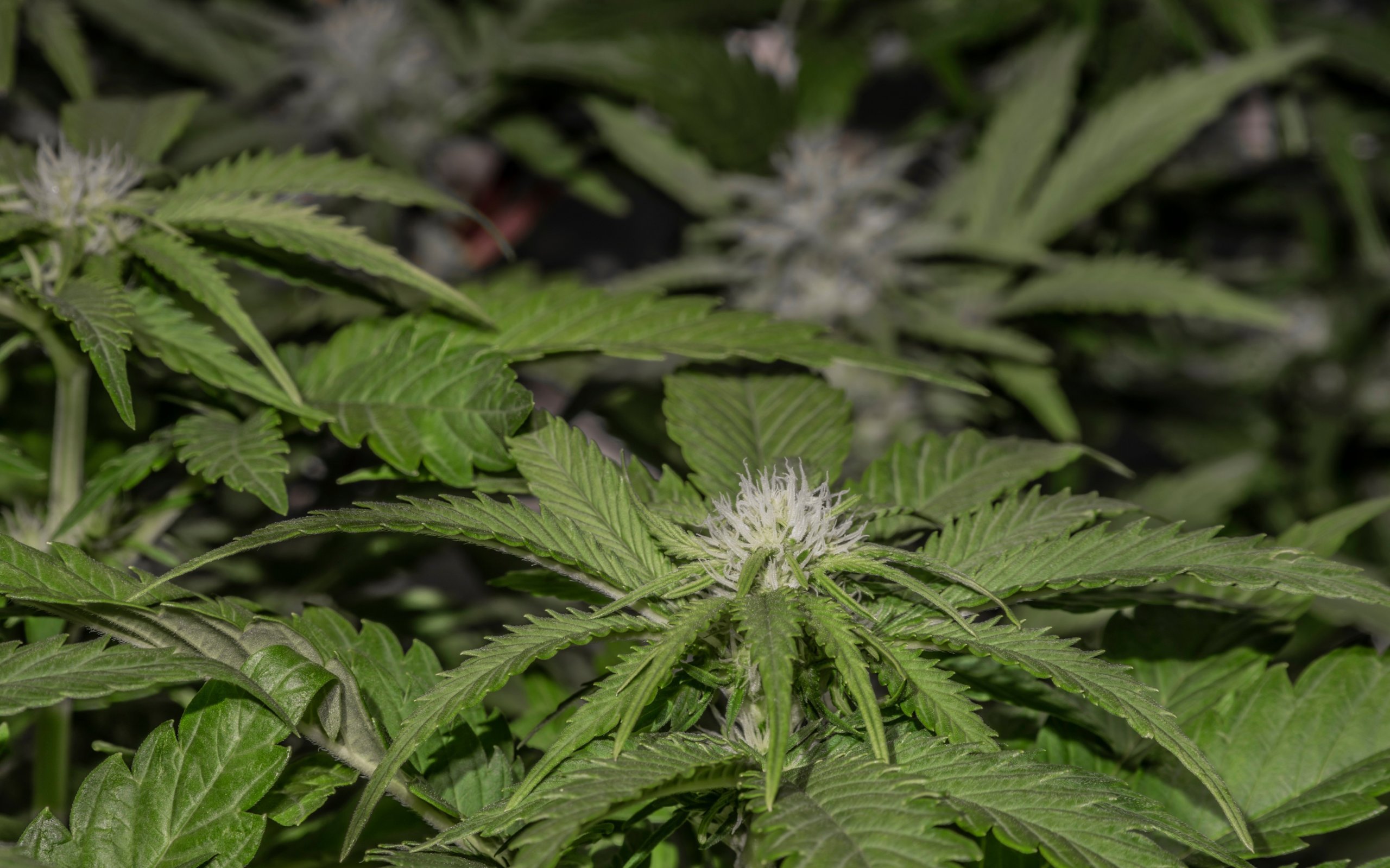
Accidental re-vegging and re-vegging on purpose
Accidential re-vegging it is not something you do on purpose. Usually, it happens accidentially when you put a flowering plant back into veg by disrupting its photoperiod schedule.
The veg to flower transition occurs when plants start receiving 12 hours of uninterrupted darkness each day. If you mess up the light schedule and there are more ‘daytime’ hours, they revert to vegging.
Accidentally re-vegging cannabis can happen indoors and out. Open-air growers see this issue when they sow too early. Indoors, it’s often a consequence of light leaks or a timer malfunction.
You can save the day in two ways:
- Continue the vegetative stage. Maintain the 18/6 light schedule and beware of plant stress. Leave it growing for several more weeks.
- Re-launch the flowering stage. Provide 12 light hours a day to return crops to blooming. Choose this avenue if you purposefully launched this stage in the first place.
Is it possible to revert the plants back to flowering after accidential revegging?
Crops revert based on the duration spent in the ‘wrong’ stage. It may take a month before you see new healthy growth.
How to re-veg cannabis: The best techniques
Have you decided to re-veg weed? Here are three ways it usually happens and how to navigate each for success.
Monstercropping
Remember when we said that you could only preserve genetics in vegging? There’s a slight exception to this rule.
Monster cropping is a cloning technique that doesn’t require a mother plant. Instead, you take clones from crops in early flowering and re-veg weed clippings.
Cultivators often see vigorous growth and yields from these cuttings. That’s where the name originated—do everything right, and you get ‘monster’ yields.
Here’s how to force flowering clones back to veg:
- Take a clone from the bottom of the plant.
- Remove all flowering nodes to suppress blooming and encourage rooting.
- Re-plant the cutting. Put it in a dedicated, climate-controlled grow box and keep it there for several weeks.
- Care and train. Re-vegging cannabis clones tend to produce bushy structures with plenty of lateral branches. Employ trimming and training to manage development.
Once your clone’s root structure is around 3 inches long, launch new vegetative and flowering stages as usual.
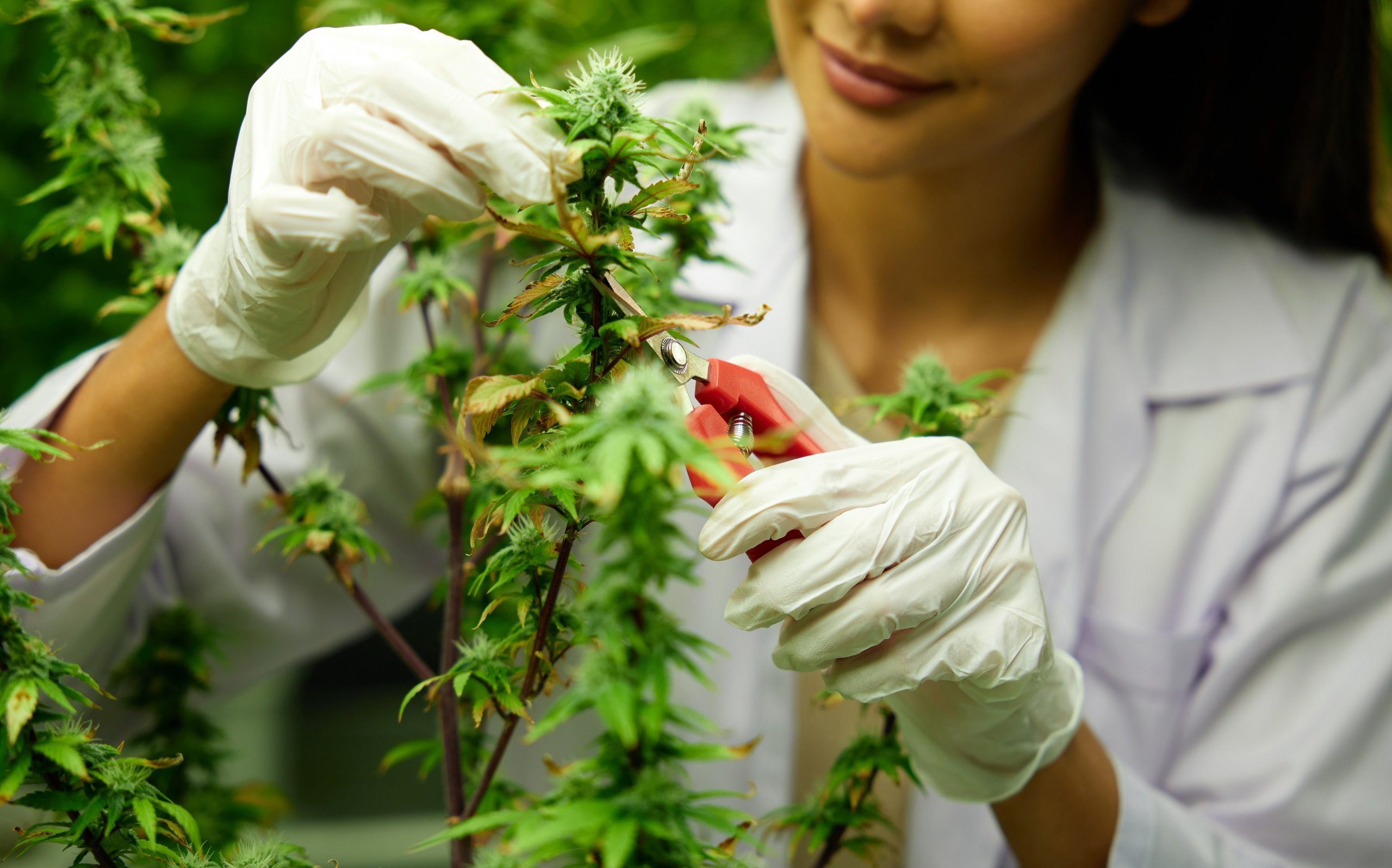
Re-vegging photoperiods after harvest
This option lets you maintain the genetic material and double the output of an outstanding cannabis sample. Re-vegging after the harvest means returning crops into a vegetative state after collecting buds.
Growers choose when to harvest cannabis after seeing signs of perfect ripeness. The foliage weakens and loses some vivid greenery. If you plan to re-veg cannabis, do it a week sooner to conserve chlorophyll.
The first step is a careful harvest. You can’t hack down the main stem and chop off the individual branches. The goal is to preserve the plant structure and keep the stem intact.
Use small scissors to cut colas from the branches. Leave some large fan leaves and lower buds, and use duct tape to cover the wounds. Then it’s time to re-plant—the whole 6-feet-tall stem of a prolific sativa is returning to the ground.
Here’s how to re-veg a weed plant after the harvest:
- Flush the root zone. Removing the accumulated salts gives the root system a fresh start.
- Transplant into a large container. Cannabis regeneration leads to well-developed and vigorous roots. A big pot of fresh soil can help them expand.
- Reset the lamps. Set daily light hours to 20 to make the crop revert to vegging. Reduce the intensity to avoid burning the canopy.
- Reduce the light schedule to 18/6 after 2–3 weeks of vegging. You can also take cuttings at this time.
- Start the blooming stage 4–6 weeks after you re-veg cannabis. Set the lamps to 12/12 and care for your crop till harvest time.
Tip: Avoid overfeeding and overwatering while re-vegging cannabis plants. Nutrient requirements are lower in these crops at the vegetative stage, and they’re vulnerable to nute burn.
The first few weeks bring strange-shaped leaves, possibly with a single blade. Familiar seven-pointed structures return after a month. You’re then free to treat this crop as any regular seed-grown specimen.
Re-veg weed and double your yield
Re-vegging weed plants is a go-to for commercial growers and breeders. It’s also invaluable for boosting yields on a budget and propagating exceptional genes in your at-home garden.
Although it does require skill, this technique isn’t impossible. Marijuana is robust—it can take some manipulation and thrive. Stay mindful of signs of trouble and follow our guide for double gardening prosperity.
Now that you have the theory, why not put it to practice? Head to our shop to buy seeds and ensure the highest-quality genetics for successful re-vegging. Stay tuned to our blog for more guides on all things cannabis.
About the author: Derek LaRose
Also known as Kronic from The Cannabis Kronicles, Derek LaRose is a young ambitious cultivator and a staple educator for indoor cultivation.
